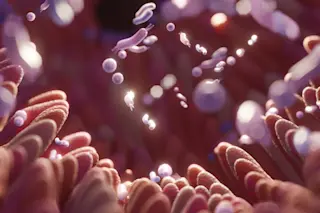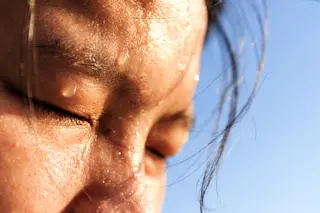Clutching an injury does make it feel better, according to a study published in Current Biology, reducing the pain on average 64 percent. But only if the injured party is the one doing the clutching (insert your own self-touching joke here). It doesn't work if someone else does it. Study coauthor Marjolein Kammers explained to the Daily Mail what this means:
"Pain isn't just the signals coming from the body to the brain, but it is also the way the brain processes those signals,'' she said.
To test this, the Kammers and her team used a classical pain test called the thermal grill illusion
, which causes pain without injuring someone. It creates a pain sensation by exploiting the brain's natural interpretation of mixed signals. The researchers dunked each subjects' two hands in to water of different temperatures (no, they did not wet the bed) to cause the sensation. The ...














